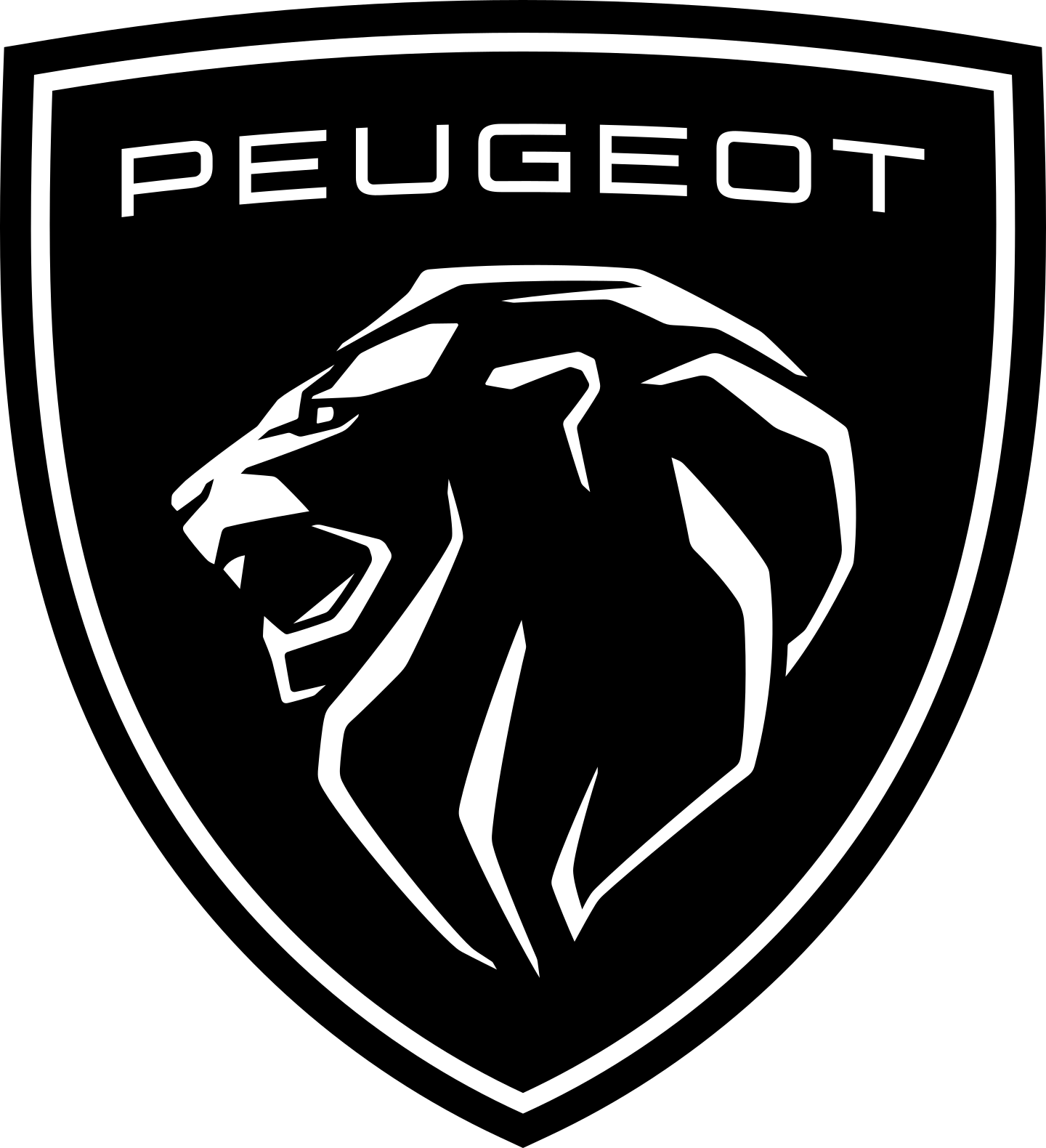The Greek Alphabet in Nature and Modern Design
1. Introduction to the Greek Alphabet: Historical Significance and Cultural Impact
The Greek alphabet, originating around the 8th century BCE, represents one of the earliest systems of writing that laid the foundation for many modern scripts. Its evolution reflects a rich history intertwined with Greek civilization, influencing philosophy, science, and art. Over centuries, this script has transcended its linguistic function, becoming a powerful symbol embedded in cultural and scientific contexts.
The influence of Greek letters extends beyond language. They serve as symbols in mathematics, physics, and engineering—think of alpha, beta, and gamma in scientific equations. Their distinctive shapes have inspired logo designs, architectural motifs, and even natural pattern formations. Exploring how the Greek alphabet manifests in nature and modern design reveals a fascinating dialogue between historical symbolism and contemporary aesthetics.
2. The Greek Alphabet in Nature: Symbolism and Patterns
a. Natural forms inspired by Greek letters (e.g., plant structures, animal markings)
Many natural structures exhibit shapes reminiscent of Greek characters. For instance, the spiral patterns in sunflower seed arrangements echo the Greek letter epsilon (Ε), showcasing how efficient natural growth often mirrors geometric forms. Similarly, the branching of trees sometimes resembles the angular form of lambda (Λ), emphasizing a natural tendency toward symmetry and simplicity in structural design.
b. Greek letter shapes in natural phenomena (e.g., spiral patterns, branching structures)
Spirals—prevalent in galaxies, seashells, and hurricanes—can be associated with the Greek letter omega (Ω), symbolizing the concept of wholeness or the end point. Branching patterns in river deltas or vascular systems often resemble the Greek letter gamma (Γ), illustrating how nature employs specific geometric motifs to optimize flow and resource distribution.
c. Case studies of organisms or natural features that resemble specific Greek characters
| Natural Feature | Resembling Greek Letter | Description |
|---|---|---|
| Sunflower seed pattern | Epsilon (Ε) | The arrangement of seeds follows a spiral pattern akin to epsilon, optimizing packing efficiency. |
| River delta branches | Gamma (Γ) | Branching pathways often resemble the angular shape of gamma, facilitating fluid flow. |
| Galaxies | Omega (Ω) | The swirling arms mirror the shape of omega, symbolizing the universe’s vastness. |
3. Greek Letters as Biological and Structural Symbols in Human Culture
a. Use of Greek letters in scientific nomenclature and taxonomy
In biology, Greek letters are extensively used to categorize and define variables, species, and structural features. For example, in taxonomy, the genus Homo and species Homo sapiens demonstrate the tradition of Greek and Latin roots shaping scientific language. Additionally, the designation of alpha and beta in protein structures indicates specific subunits or active sites, emphasizing their role as universal symbols of order and hierarchy.
b. Visual parallels between Greek characters and architectural or natural forms
Architectural elements often echo Greek letter shapes—columns with capitals resembling lambda (Λ) or archways evoking the curve of omega (Ω). In natural forms, the branching of blood vessels or plant stems visually mirrors these characters, illustrating how human perceptions naturally associate familiar shapes with structural features.
c. Examples: Spartan warriors’ red cloaks and bronze helmets echoing Greek symbolism
Historically, Spartan warriors donned red cloaks and bronze helmets that echoed the simplicity and strength associated with Greek letter symbols like delta (Δ)—a shape symbolizing stability and resilience. These cultural artifacts reinforce the deep-rooted connection between Greek symbolism and human identity.
4. Modern Design Inspired by Greek Alphabet Forms
a. How graphic design and branding incorporate Greek letter shapes
Contemporary branding often employs Greek letter forms to convey sophistication, stability, and innovation. Logos like those of tech companies or athletic brands utilize angular or curved Greek shapes to evoke strength and clarity. This visual language creates immediate associations with tradition and excellence, making Greek-inspired motifs a popular choice in modern identity design.
b. The role of Greek-inspired motifs in contemporary art and architecture
Architectural facades and public sculptures frequently draw inspiration from Greek geometries, integrating letter-like shapes into structural elements. For instance, the use of triangular forms (reminiscent of lambda) or circular motifs (like omega) can be seen in modern civic buildings, connecting ancient Greek aesthetics with innovative architecture.
c. Case Study: Le Zeus — a modern interpretation blending Greek symbolism with innovative design
The le zEuS slot scoop exemplifies how contemporary designers interpret Greek symbols within digital entertainment. By integrating Greek-inspired shapes into game interfaces and thematic visuals, Le Zeus embodies the timeless appeal of Greek aesthetics fused with cutting-edge creativity.
5. The Greek Alphabet in Modern Technology and Digital Interfaces
a. Origin of SHIFT hotkeys from the DOS era and their symbolic link to Greek letter nomenclature
The use of Greek letters in computer interfaces, such as the SHIFT key, traces back to early computing. While the direct link is more symbolic than functional, the adoption of Greek symbols in tech nomenclature signifies a universal language of science and innovation. The representation of shift, delta, or alpha in coding underscores the influence of Greek symbolism in digital evolution.
b. Usage of Greek symbols in programming, UI design, and iconography
Greek letters appear in mathematical formulas, variable names, and icon sets. For example, the alpha symbol is used to denote alpha testing in software development or alpha particles in physics. In user interfaces, Greek characters often serve as intuitive icons indicating parameters like angles, thresholds, or settings, blending function with symbolic visual cues.
c. Connection to the evolution of digital symbols and their aesthetic appeal
The sleek, simple forms of Greek letters contribute to their aesthetic appeal in digital design. Their geometric qualities facilitate minimalistic UI elements that are both functional and culturally resonant, bridging the gap between ancient symbolism and modern technological interfaces.
6. Color Trends and Cultural Shifts: From Traditional to Trendsetting Colors in Design
a. The significance of color choices in visual representation of Greek symbols
Colors influence perception and emotional response to symbols. Traditionally, Greek motifs were depicted in earthy tones—terracotta, gold, and white—reflecting classical sculpture and architecture. Modern design, however, experiments with vibrant palettes to evoke new meanings and cultural shifts.
b. Pink as a trending color in slot machine design in 2024: cultural implications and aesthetic shifts
In 2024, pink has emerged as a dominant hue in gaming interfaces, including slot machines. This shift signifies broader cultural trends emphasizing diversity, inclusivity, and breaking traditional gender associations. When Greek-inspired motifs are rendered in pink, they acquire a contemporary, playful dimension that appeals to diverse audiences.
c. How color trends influence the perception and symbolism of Greek-inspired motifs
Color choices can redefine the traditional symbolism associated with Greek motifs. For example, pairing the classical shape of omega with bold pink transforms its connotation from solemnity to vibrancy and modernity, illustrating how visual elements evolve alongside cultural dynamics.
7. Depth and Non-Obvious Connections: Beyond the Surface
a. The psychological and cultural resonance of Greek symbols in contemporary branding
Greek symbols evoke notions of stability, excellence, and tradition, making them powerful branding tools. Their familiar shapes foster trust and recognition, especially when subtly integrated into logos and packaging. For instance, the use of lambda in environmental branding subtly references resilience and harmony.
b. Hidden patterns and subtle references to Greek alphabet shapes in everyday objects
Many everyday objects feature design elements inspired by Greek letters—door handles shaped like gamma, or furniture with angular forms resembling lambda. These subtle references create a subconscious connection to classical aesthetics and cultural depth.
c. The conceptual bridge between ancient Greek symbolism and modern innovation
The enduring appeal of Greek symbols in design exemplifies a bridge between past and present. Their geometric clarity and symbolic richness continue to inspire innovations in architecture, branding, and digital interfaces, demonstrating a seamless integration of ancient wisdom into modern creativity.
8. Conclusion: The Enduring Legacy of the Greek Alphabet in Nature and Design
The Greek alphabet’s visual and symbolic elements pervade both natural forms and human-made creations. From the spiral galaxies to cutting-edge digital interfaces, its shapes serve as universal connectors—embodying stability, harmony, and innovation. This ongoing influence underscores a profound interconnectedness that continues to shape future trends.
“The timeless shapes of Greek letters exemplify how ancient symbols can evolve into modern icons, bridging history and innovation in a seamless dialogue.” — Expert Analysis
As exemplified by modern interpretations like le zEuS slot scoop, the Greek alphabet continues to inspire creators across disciplines, proving that its legacy is both enduring and adaptable to future artistic and technological developments.









